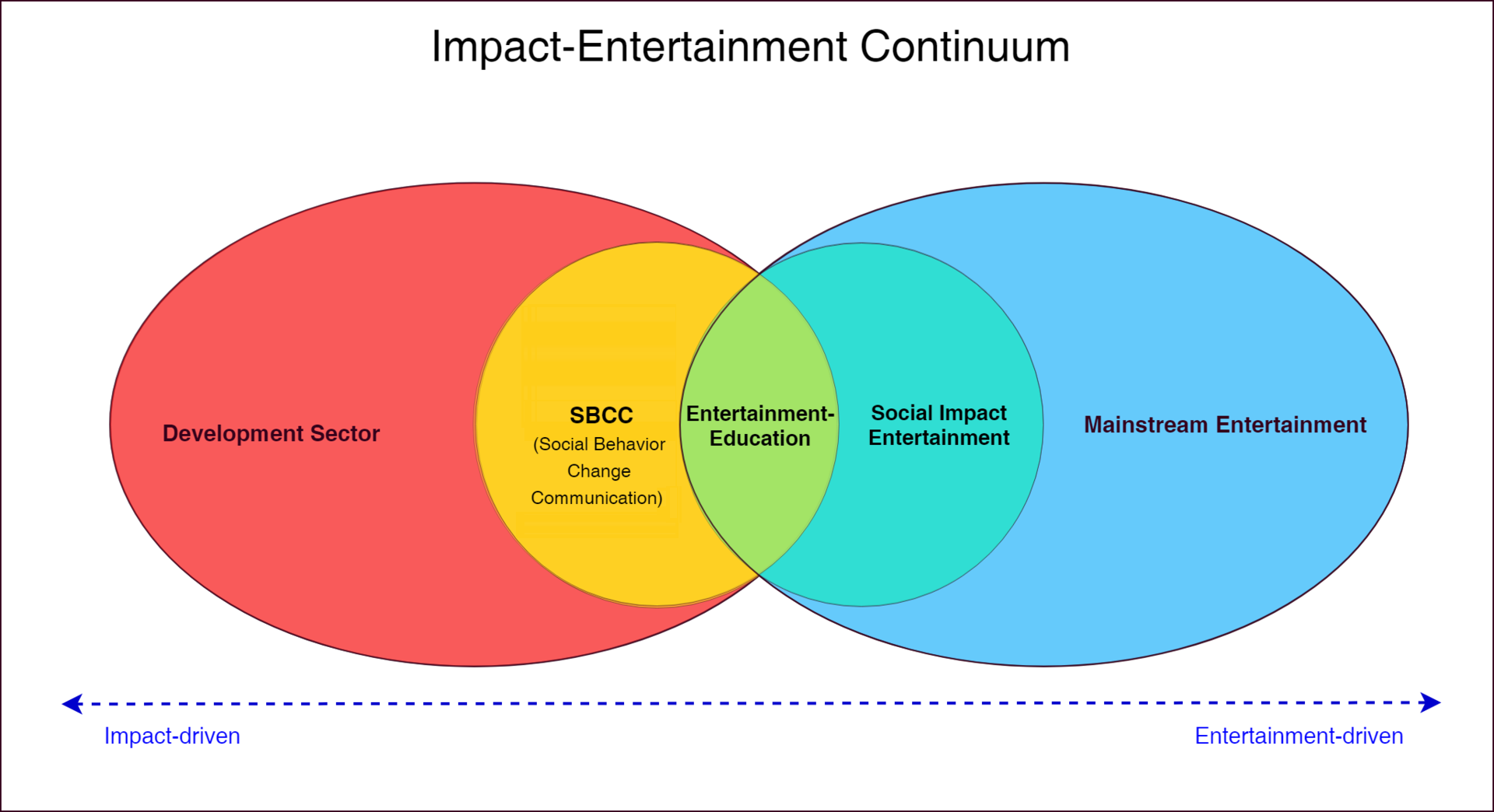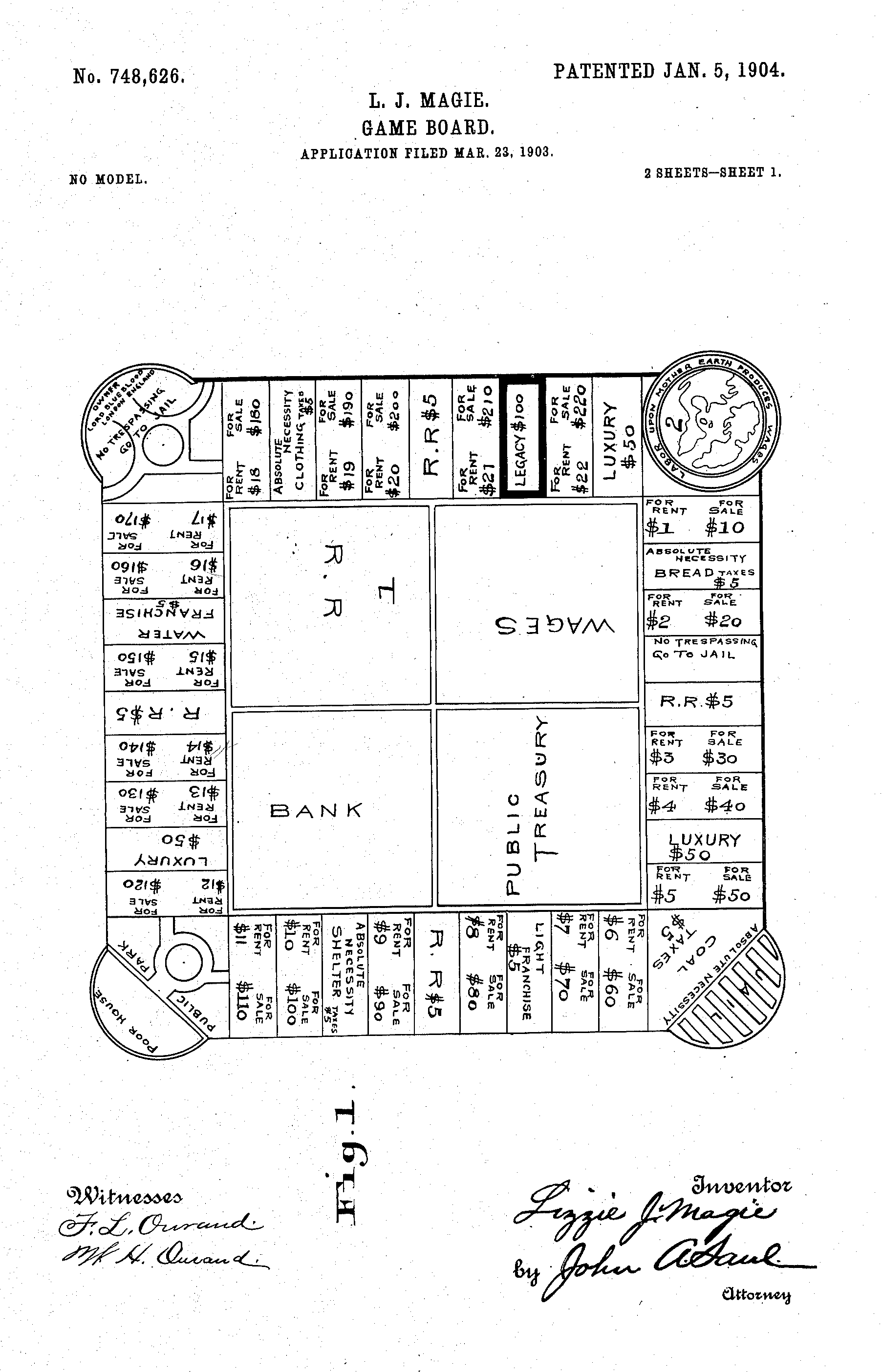|
The Sumerian Game
''The Sumerian Game'' is a text-based strategy video game of land and resource management. It was developed as part of a joint research project between the Board of Cooperative Educational Services of Westchester County, New York and IBM in 1964–1966 for investigation of the use of computer-based simulations in schools. It was designed by Mabel Addis, then a fourth-grade teacher, and programmed by William McKay for the IBM 7090 time-shared mainframe computer. The first version of the game was played by a group of 30 sixth-grade students in 1964, and a revised version featuring refocused gameplay and added narrative and audiovisual elements was played by a second group of students in 1966. The game is composed of three segments, representing the reigns of three successive rulers of the city of Lagash in Sumer around 3500 BC. In each segment the game asks the players how to allocate workers and grain over a series of rounds while accommodating the effects of their prior decisio ... [...More Info...] [...Related Items...] OR: [Wikipedia] [Google] [Baidu] |
Mabel Addis
Mabel Addis Mergardt (21 May 1912 – 13 August 2004) was an American writer, teacher and the first female video game designer. She designed ''The Sumerian Game'', programmed by William McKay, for the IBM 7090 in 1964. It inspired similarly-styled kingdom management games such as '' Hamurabi'' from the early 1970s. Early life and education James Holmes and Mabel Wood gave birth to Mabel Holmes on 21 May 1912. Mabel grew up in Mount Vernon. She excelled in school, graduating valedictorian from Brewster High School in 1929. After graduating, she attended Barnard College. At Barnard, she obtained a degree in ancient history and a minor in psychology by 1933. She attended Columbia University for her graduate schooling, and obtained a masters degree in education. Career Upon obtaining her master’s degree in education, Addis worked in a rural one-room school. In 1937, she moved to the Hyatt Avenue School. At this time, Mabel married Alexander L. Addis in 1942, officially becoming M ... [...More Info...] [...Related Items...] OR: [Wikipedia] [Google] [Baidu] |
Educational Entertainment
Educational entertainment (also referred to as edutainment) is media designed to educate through entertainment. The term was used as early as 1954 by Walt Disney. Most often it includes content intended to teach but has incidental entertainment value. It has been used by academia, corporations, governments, and other entities in various countries to disseminate information in classrooms and/or via television, radio, and other media to influence viewers' opinions and behaviors. History Concept Interest in combining education with entertainment, especially in order to make learning more enjoyable, has existed for hundreds of years, with the Renaissance and Enlightenment being movements in which this combination was presented to students.. Komenský in particular is affiliated with the "school as play" concept, which proposes pedagogy with dramatic or delightful elements. ''Poor Richard's Almanack'' demonstrates early implementation of edutainment, with Benjamin Franklin co ... [...More Info...] [...Related Items...] OR: [Wikipedia] [Google] [Baidu] |
IBM 1401
The IBM 1401 is a variable-wordlength decimal computer that was announced by IBM on October 5, 1959. The first member of the highly successful IBM 1400 series, it was aimed at replacing unit record equipment for processing data stored on punched cards and at providing peripheral services for larger computers. The 1401 is considered to be the Ford Model-T of the computer industry, because it was mass-produced and because of its sales volume. Over 12,000 units were produced and many were leased or resold after they were replaced with newer technology. The 1401 was withdrawn on February 8, 1971. History The 1401 project evolved from an IBM project named World Wide Accounting Machine (WWAM), which in turn was a reaction to the success of Bull Gamma 3 (fr). The 1401 was operated as an independent system, in conjunction with IBM punched card equipment, or as auxiliary equipment to IBM 700 or 7000 series systems. Monthly rental for 1401 configurations started at US$2,500 (wort ... [...More Info...] [...Related Items...] OR: [Wikipedia] [Google] [Baidu] |
Johns Hopkins University
Johns Hopkins University (Johns Hopkins, Hopkins, or JHU) is a private university, private research university in Baltimore, Maryland. Founded in 1876, Johns Hopkins is the oldest research university in the United States and in the western hemisphere. It consistently ranks among the most prestigious universities in the United States and the world. The university was named for its first benefactor, the American entrepreneur and Quaker philanthropist Johns Hopkins. Hopkins' $7 million bequest to establish the university was the largest Philanthropy, philanthropic gift in U.S. history up to that time. Daniel Coit Gilman, who was inaugurated as :Presidents of Johns Hopkins University, Johns Hopkins's first president on February 22, 1876, led the university to revolutionize higher education in the U.S. by integrating teaching and research. In 1900, Johns Hopkins became a founding member of the American Association of Universities. The university has led all Higher education in the U ... [...More Info...] [...Related Items...] OR: [Wikipedia] [Google] [Baidu] |
Cutscene
A cutscene or event scene (sometimes in-game cinematic or in-game movie) is a sequence in a video game that is not interactive, interrupting the gameplay. Such scenes are used to show conversations between characters, set the mood, reward the player, introduce newer models and gameplay elements, show the effects of a player's actions, create emotional connections, improve pacing or foreshadow future events. Cutscenes often feature "on the fly" rendering, using the gameplay graphics to create scripted events. Cutscenes can also be pre-rendered computer graphics streamed from a video file. Pre-made videos used in video games (either during cutscenes or during the gameplay itself) are referred to as " full motion videos" or "FMVs". Cutscenes can also appear in other forms, such as a series of images or as plain text and audio. History ''The Sumerian Game'' (1966), an early mainframe game designed by Mabel Addis, introduced its Sumerian setting with a slideshow synchronized to ... [...More Info...] [...Related Items...] OR: [Wikipedia] [Google] [Baidu] |
IBM 1050
IBM 1050 Data Communications System is a computer terminal subsystem to send data to and receive data from another 1050 subsystem or IBM computer in the IBM 1400, IBM 7000 or System/360 series. It first became available in 1963 and was used widely during the 1960s. The 1052 Printer-Keyboard was also the basis for the 1052-7 console Printer-Keyboard used on small and medium S/360 processors. General IBM 1050 Data Communications System was first introduced in 1963. The printer used the same removable typing element and mechanism as the IBM Selectric typewriter. The 1050 system could include the following devices: * IBM 1051 Central Control Unit * IBM 1052 Printer-Keyboard *IBM 1053 Console Printer * IBM 1054 Paper Tape Reader * IBM 1055 Paper Tape Punch * IBM 1056 Card Reader * IBM 1057 Card punch * IBM 1058 Printing Card punch * IBM 1092/1093 Programmed Keyboards Communication was done serially, half-duplex, at 75 or 150 bits per second. A modem, such as IBM Line Adapter, ... [...More Info...] [...Related Items...] OR: [Wikipedia] [Google] [Baidu] |
Early Mainframe Games
Mainframe computers are computers used primarily by businesses and academic institutions for large-scale processes. Before personal computers, first termed microcomputers, became widely available to the general public in the 1970s, the computing industry was composed of mainframe computers and the relatively smaller and cheaper minicomputer variant. During the mid to late 1960s, many early video games were programmed on these computers. Developed prior to the rise of the commercial video game industry in the early 1970s, these early mainframe games were generally written by students or employees at large corporations in a machine or assembly language that could only be understood by the specific machine or computer type they were developed on. While many of these games were lost as older computers were discontinued, some of them were ported to high-level computer languages like BASIC, had expanded versions later released for personal computers, or were recreated for bulleti ... [...More Info...] [...Related Items...] OR: [Wikipedia] [Google] [Baidu] |
Monopoly (game)
''Monopoly'' is a multi-player economics-themed board game. In the game, players roll two dice to move around the game board, buying and trading properties and developing them with houses and hotels. Players collect rent from their opponents, aiming to drive them into bankruptcy. Money can also be gained or lost through ''Chance'' and ''Community Chest'' cards and tax squares. Players receive a stipend every time they pass "Go" and can end up in jail, from which they cannot move until they have met one of three conditions. House rules, hundreds of different editions, many spin-offs, and related media exist. ''Monopoly'' has become a part of international popular culture, having been licensed locally in more than 103 countries and printed in more than 37 languages. , it was estimated that the game had sold 275 million copies worldwide. ''Monopoly'' is derived from ''The Landlord's Game'', created by Lizzie Magie in the United States in 1903 as a way to demonstrate that an economy ... [...More Info...] [...Related Items...] OR: [Wikipedia] [Google] [Baidu] |
Teleprinter
A teleprinter (teletypewriter, teletype or TTY) is an electromechanical device that can be used to send and receive typed messages through various communications channels, in both point-to-point and point-to-multipoint configurations. Initially they were used in telegraphy, which developed in the late 1830s and 1840s as the first use of electrical engineering, though teleprinters were not used for telegraphy until 1887 at the earliest. The machines were adapted to provide a user interface to early mainframe computers and minicomputers, sending typed data to the computer and printing the response. Some models could also be used to create punched tape for data storage (either from typed input or from data received from a remote source) and to read back such tape for local printing or transmission. Teleprinters could use a variety of different communication media. These included a simple pair of wires; dedicated non-switched telephone circuits (leased lines); switched network ... [...More Info...] [...Related Items...] OR: [Wikipedia] [Google] [Baidu] |
Economic Simulation
Business simulation games, also known as economic simulation games /ref> or tycoon games, are games that focus on the management of processes, usually in the form of a business. Pure business simulations have been described as construction and management simulation ...
[...More Info...] [...Related Items...] OR: [Wikipedia] [Google] [Baidu] |








